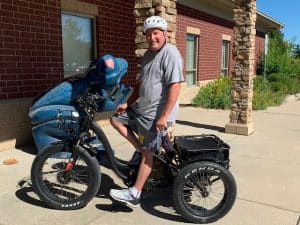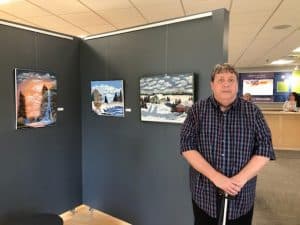Success Stories
| The Road to Independence
After his lengthy career as a prestigious Journeyman builder reached its verge to the gable Bill was faced with a different kind of uphill challenge – a diagnosis of macular degeneration, the leading cause of vision loss in the country. Read Bill’s story.
|
| The Eyes of an Artist
Let Me Tell You A Story A client finds his voice after losing his sight 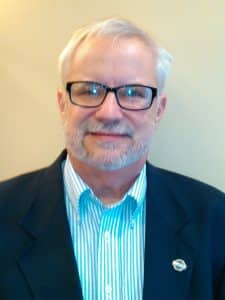 “Losing my sight was the best thing that ever happened to me,” said Michael Christie. This Toledo resident and former Sight Center client was only somewhat serious when he uttered those words at the Lions Club Christmas party in December. Read Mike’s Story. |
|
The King And Eye Lima Man Helps The Sight Center See A Brighter Future 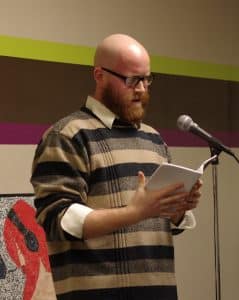 When Jacob King attended The Sight Center’s presentation on his Rhodes State College campus back in November 2015, he had no idea it would change history. King is an Assistant Professor of Humanities at the Lima-based institution, is visually impaired. Read Jacob’s Story.
|
“I Don’t Have To Be Afraid Anymore”
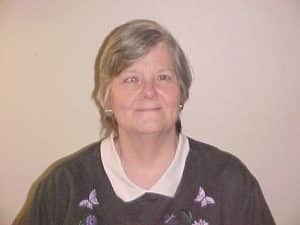 Rhonda Shaw’s has mild vision impairment, which is a combination of eye disorders that have prevented this 60-year old Bluffton resident from being able to drive, read, travel safely at night and recognize faces. Read Rhonda’s Story. |
|
Adapt and Overcome: A Former Soldier’s New Mission 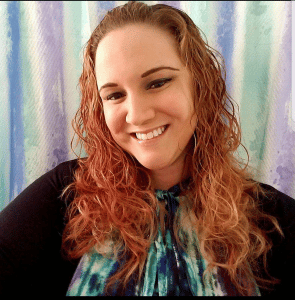 When Jen Reynolds learned she had Stargardt disease, she didn’t crumble, but went into action. Driven by an innate optimistic personality and fueled by eight years of military training, this 38-year-old Lucas County resident saw the diagnosis as her new mission. Read Jen’s Story. |
| Walk By Faith, Not By Sight
Sister Linda’s Light Shines Brightly in the Darkness 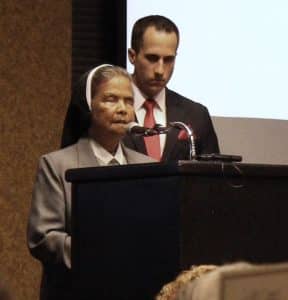 Many of us remember Sister Linda Maria Pelagio (pictured with WTOL Meteorologist Chris Vickers) from the inspired invocations she delivered before the last two Sight Center Dining in the Dark galas. But few of us know the journey this Philippine-born member of the Sisters of Notre Dame, a source of hope for countless people, including many who are blind or sight impaired. Read Sister Linda’s Story. |
- Read more success stories
- Share your own story about vision loss
- Learn about services that may be beneficial
- Find the devices & products that might be useful
- Support The Sight Center with a donation

